A camera lens hood is one of the most underrated photo accessories. Many photo enthusiasts are often quick to scoff at lens hoods, deeming them nothing more than an unnecessary burden. I am not of them.
I consider a camera lens hood one of the essential accessories in my camera bag. I have lens hoods for every lens I own, and they rarely leave the lenses’ front elements.

If you are looking for the answer to the question “What Does a Lens Hood Do?” this article is for you. By the end, you will clearly understand how lens hoods benefit my photography and why you should also use them.
What is a Lens Hood?
A lens hood is a small, circular accessory that goes over your lens to diminish stray light falling across the lens. Without a lens hood, stray light will cause unwanted lens flares and a washed-out low-contrast look.
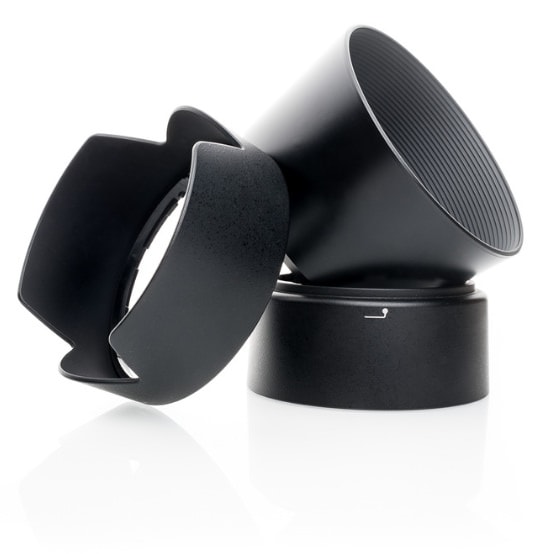
What Does a Lens Hood Do?
There are 3 main functions of lens hoods.
1. Reducing Unwanted Stray Light
The main benefit of using a lens hood is to block unwanted direct stray light.
To better understand this function, imagine being outside on a sunny day and looking at the sun’s direction. To improve visibility, you instinctively bring the palm of your arm to your forehead. Your palm casts a shadow over your eyes, and the picture of the scene improves immediately. It becomes more contrasted, clear, and vivid because you block the direct light coming from the sun.
Since the human eye is a sophisticated version of a camera lens, the lens hood holds a function similar to your palm.
When you want to capture a landscape, the goal is to capture a light reflected from the scene’s elements, such as mountains, trees, and rocks. And when the reflective light mixes up with the direct light, most often coming from the sun, you experience unwanted optical effects. The effects are lens flares, reduction in contrast, and clarity.
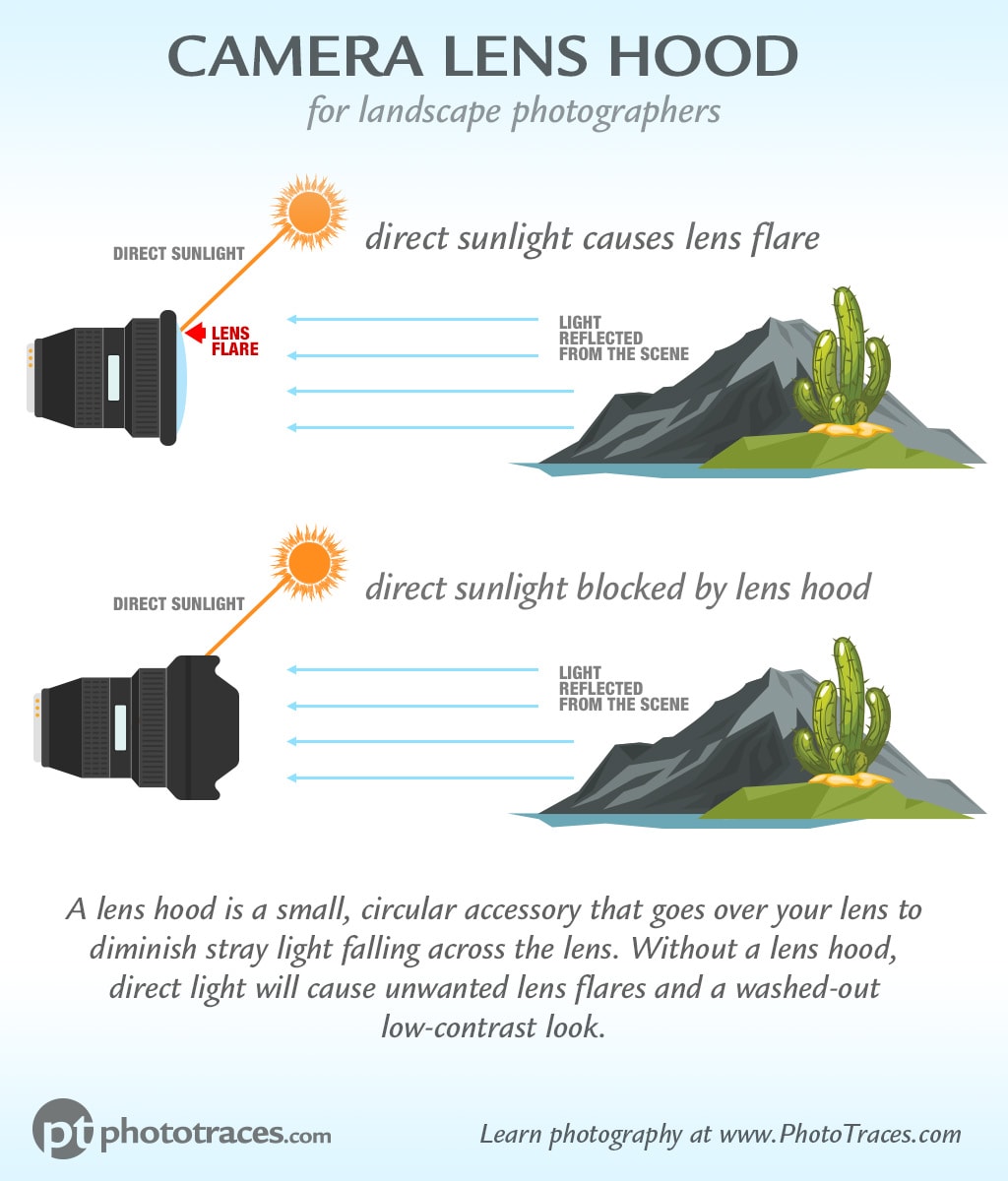
Use a lens hood when shooting outdoors. It will drastically reduce unwanted optical effects.
And instead of evaluating the scene and deciding if it has a potential for lens flares, it is much simpler to have a lens hood attached to your lens at all times. In contrast to lens filters, the lens hoods do not reduce the light transmission, and it is safe to keep them always on.
But I must admit that the camera lens hood does not always help to eliminate lens flares.
Let me explain.
During the sunsets and sunrises, I often shoot directly into the sun to increase the visual effect of the setting or rising sun. In such cases, even the lens hoods do not prevent unwanted lens flare. My solution is double shielding. I use my hand’s palm to increase my lens’s shielding.

2. Physical Lens Protection
Sometimes I think that the physical protection function of lens hoods is more critical than optical protection.
If, for some reason, I do not have a lens hood attached to my lens, I know how to deal with lens flares or washed-out effects. I can use the palm of my hand to shield unwanted light. Or I can position my camera in the shade of a tree or rock. But the physical lens protection is unreplaceable.
When I am on a long hike or climbing the cliffs in Utah, I always have my camera hanging on my side. And it often gets banged, especially when I try to get to the obstructed spot.
If I check the lens hoods of my lenses, they are all covered with scratches and dents. It is difficult to count how many times lens hoods saved my lenses.
It is priceless that a $20 accessory saves $1000 lens over and over again.
3. Environmental Lens Protection
One of my favorite phrases that describe landscape photography is “the worst weather produces the best photos.” In practical terms, it means that when you shoot in the rain or snow, you must wipe the front element of your lens every 15 seconds. Having a lens hood provides partial environmental protection. You have to clean your lens less often.

The environmental protection function of the lens hood is the least important one, but it is still valuable. It lets you concentrate on shooting rather than on cleaning activities.
When to Use a Camera Lens Hood
The short and simple answer is always.
Before considering using unessential photo equipment, I always analyze its benefits and shortcomings.
When using a lens hood, I can see primarily benefits and almost no shortcomings. The only negative I see is it adds size to your lens and requires extra room in your bag.
But the benefits of using a lens hood outweigh the negatives by a considerable margin.
When Not to Use a Camer Lens Hood
Photographers remove the lens hood when they want to achieve creative effects produced by the direct sun.
For example, many portrait photographers in outdoor settings create beautiful backlit portraits. When you position the sun behind your subjects and remove the lens hood, the backlit light produces soft, dream-like photos with lens flare serving artistic purposes.
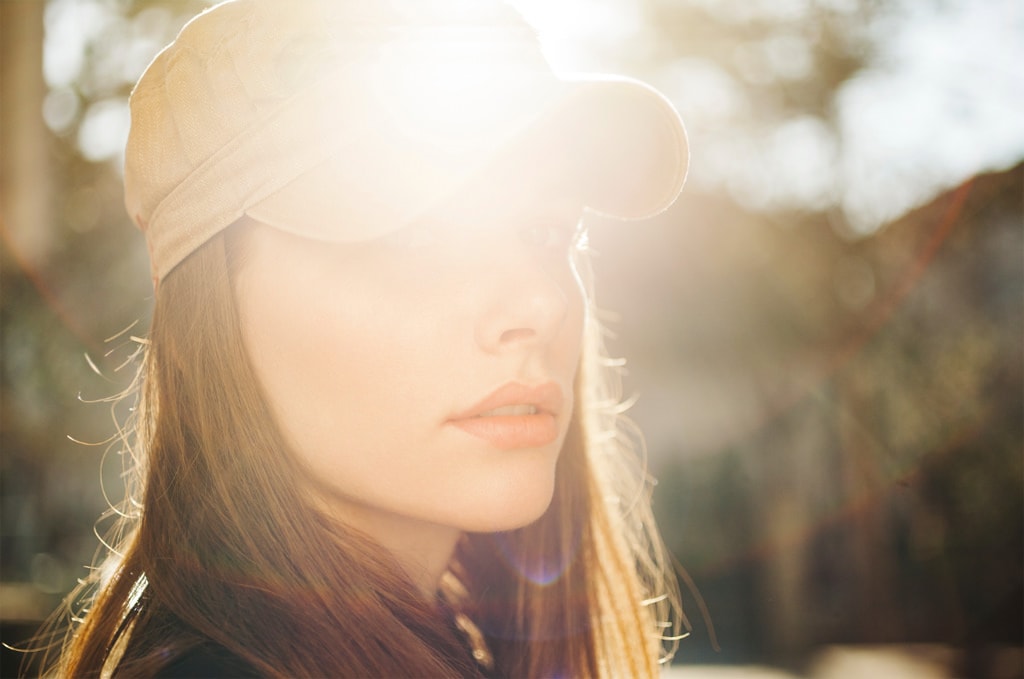
Do not use a lens hood when you intentionally want to produce soft, low-contrast captures with optional lens flares.
Types of Camera Lens Hoods
There are 2 main types of lens hoods.
1. Petal Lens Hoods
The petal lens hood has a variable depth. It is shallowest at the corners and deepest at the top and bottom.

Peta lens hoods are most often used with wide-angle lenses. Petal lens hoods have such a design because of the shape of the camera sensor. It is rectangular. When you cover a rectangular sensor with a circular hood, the distance from the sensor’s center to the top edge, side edge, and corner will vary. To achieve the deepest lens hood without introducing vignetting, the depth of the hood must vary.
Every petal lens hood has the deepest parts at the top and bottom, the shallowest depth at the corners, and the left and right sides in between.
It is possible to create a lens hood for a wide-angle lens without a petal shape, but in such a case, the hood’s depth would equal the shallowest part of the petal design, providing minimal optical protection.
2. Cylindrical Lens Hoods
The cylindrical lens hoods have a cylindrical shape with equal depth throughout.

Cylindrical lens hoods are mainly used with lenses with a long focal length. Because of the narrow field of view, it is possible to use a very deep design without worrying about creating unnecessary vignetting.
Look at a depth of the lens hoods of telephoto lenses used during sporting events. They are enormous.
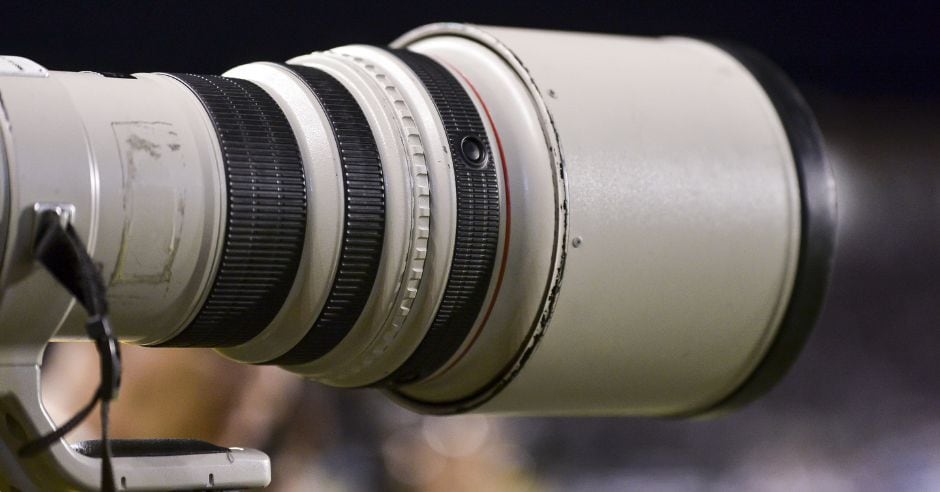
How to Attach a Lens Hood
Every lens hood is designed for a specific lens. Do not try to use a lens hood from one lens to attach to another. It most likely will not fit, and it may ruin your photos.
To attach the lens hood to the corresponding lens, align markings on the lens and the hood. Twist it until it looks. That is it.
How to Store Camera Lens Hood
Almost every modern lens hood can be mounted to the lens in reverse, facing deep part toward the camera. It has no practical use in the field because the hood in reverse position will block some of the lens controls. It has the only purpose of minimizing the space required to store it in your camera bag.
If you have limited space in your back, switch the lens hood in reverse.
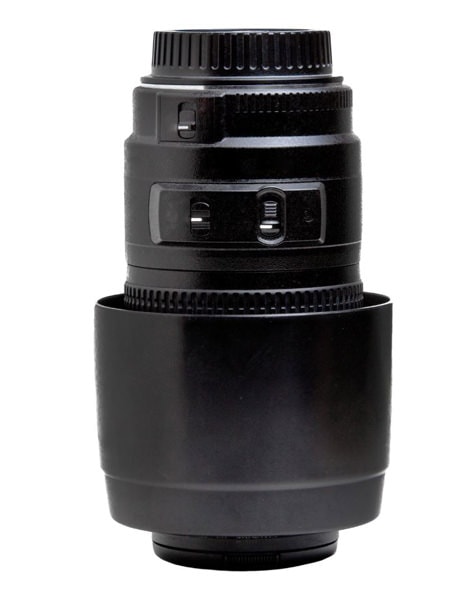
In my case, I make sure I have enough space in my bag so I do not have to go back and forth with the lens hoods.
How to Buy a Lens Hood
Luckily, almost every modern lens comes with the corresponding lens hood, even Canon lenses. We do not have to spend time looking for a lens hood after buying a new lens.
You might only want to buy a new lens hood when you lost or broke an old one.
Make sure you buy the lens hood specifically designed for your lens. Stay away from generic “one size fits all” models. They will not provide complete protection or will produce unwanted vignetting.
The safest bet is to buy a lens hood from the original lens manufacturer. But they can be pricy.
Don’t be afraid to buy lens hoods from third-party manufacturers. Ensure the hood was designed for your lens only and check for the comments.
3 Levels of Lens Protection
Here are the 3 levels of lens protection I use in my photography:
Level 1: Weather Sealed Lenses
Even a few years ago, weather-sealed lenses were rare and prohibitively expensive. These days even mid-range weather-sealed lenses you can find at a reasonable price.
Level 2: UV Protection Filters
Over the years, my position changed on using UV Protection Filters. Now I have a protective filter for all my lenses. Please check my dedicated article about protective lens filters.
Level 3: Lens Hoods
Invaluable optical and physical lens protection.
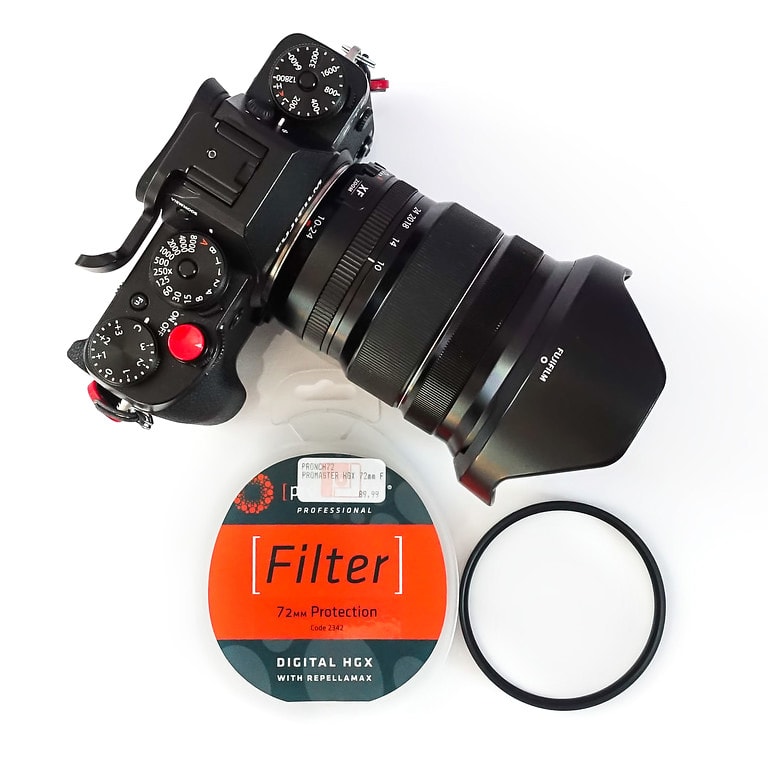
Camera Lens Hood: Final Thoughts
The camera lens hood is one of the least expensive accessories in photography. And it is rare because photography is not a cheap hobby. But if we analyze the cost-benefit of the nonessential photography equipment, the camera lens hood must be at the top, providing the highest benefits at minimal cost and effort.
Consider attaching it to every lens you own.

